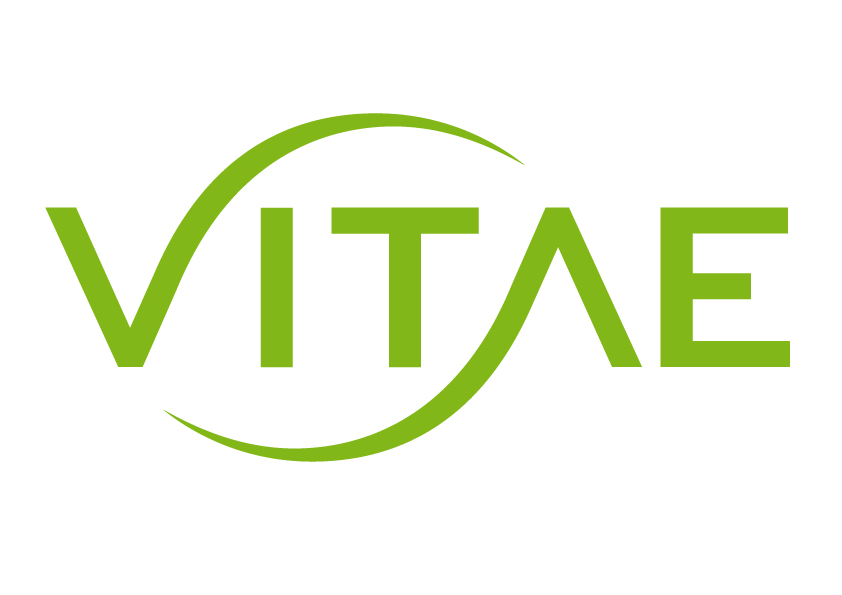The alkaline diet concept is based around the idea that the foods you eat can alter the acidity or alkalinity (the pH value) of your body. Normal metabolism allows us to extract energy (calories) from food by “burning” food groups by means of a variety of different processes, including a process called oxidation. As we burn food groups like fats and proteins into calories, the residue produced can be acidic, alkaline, or indeed neutral. Following the original beliefs of Herman Aihara, the author of the 1971 book “Acid and Alkaline” which became the “bible of macrobiotic nutrition”, proponents of the alkaline diet claim that this residue directly affects the acidity of the body.
Aihara compared acid and alkaline balance with yin and yang balance. He talks about how when “extra cellular fluids, especially the blood, become acidic, our physical condition will first manifest tiredness, proneness to catching colds, etc. When these fluids become more acidic, our condition then manifests pains and suffering such as headaches, chest pains, stomach aches, etc.” He developed his philosophy over decades and is still followed to date by millions of proponents around the world.
So what is the scientific base of the acid and alkaline balance?
Basic nutritional biochemistry confirms that some nutrients leave an acidic residue. These include protein, phosphate and sulphur. Other nutrients can be seen as alkaline and include calcium, magnesium, and potassium. According to Aihara, certain food groups are considered acidic, and other alkaline or neutral. His general rule of thumb is that all meat, poultry, fish, dairy, eggs, grains and alcohol are acid forming, natural fats, starches and sugars are neutral and fruits, nuts, legumes and vegetables are alkaline. A fuller list of foods and its degree of contribution to acidity or alkalinity according to Aihara is included below.
So can we really affect pH Levels in the body
When talking about alkaline diets, it is important to understand the meaning of the pH value, which is a measure of how acidic or alkaline something is.
The pH value ranges from 0 to 14:
- 0-7 – acidic.
- 7 – neutral.
- 7-14 – alkaline (often called basic).
You can check the pH of your urine using test strips. It is important remember however that every organ in the body will have a slightly different pH, and that some parts of the body, like the gut need to be acidic, otherwise they would be affected by bacteria and viruses, damaging their integrity. Conversely, blood can’t be completely acidic or completely alkaline and its pH is tightly regulated between 7.35 and 7.45, with 7 being neutral. This means that the foods we eat will indeed affect the pH of our urine, but not that of our blood as the body is very wise and has incredibly precise mechanisms in place to guarantee that it is kept with the specified range. Variations closest to these bottom and top values are only seen in health conditions such as lung or kidney disease, as well as vomiting, diarrhoea and urinary tract infections can also affect the normal pH.
For those using urine sticks to measure their pH, this is actually a poor indicator of overall body pH and general health, and only a good indicator of urine pH. It can be influenced by many factors other than diet, like dehydration, for example.
So if diet has only little impact on acid/alkaline balance why are alkaline diets healthy?
Unlike some other fad diets, the alkaline diet is actually quite healthy because it consists largely of unprocessed foods such as fruits, vegetables and healthy plant foods. Because highly processed or “junk foods” are excluded from this type of diet, you’re just likely to benefit the generalised wholesomeness of the foods you eat as part of it. Looking at the food tables attached, inspired by the Amhara’s book, I am quite happy to recommend foods that are seen to be acidic, and would recommend that everyone’s plate should be based on various brightly coloured leafy (cabbages, kale, etc.) vegetables as well as “chunkier” ones (courgettes, marrow, etc.) and salad leaves, but also florets (broccoli, cauliflower, etc.). Make sure that your sources of starch are as close to their natural state as possible, i.e. whole grains and root vegetables ideally and that your meat and fish comes from trusted sources and have been farmed or fished in environment that, when possible, are clean of pesticides, hormones and antibiotics. So whilst Aihara’s original “Acid and Alkaline” diet may have been slightly “esoteric” there was definitely some common sense about it which is supported by recent scientific findings. No one will argue that having more vegetables as part of your diet is bad for you, so make sure you “alkalinise” your diet this way, and to your heart’s content.
Check the following link and discover “The Wellness Solution” and visit our Product Categories and you will know all the natural food suppplements of Vitae Health Innovation





Apart from drinking alkaline water, eating fruits, vegetables and having at least a cup of green tea every morning should provide you the many health benefits of a balanced body pH.
Even when you don’t want to believe everything written about alkaline water, eat your way out of sickness and cancer and into a healthy life.
Health is indeed wealth.